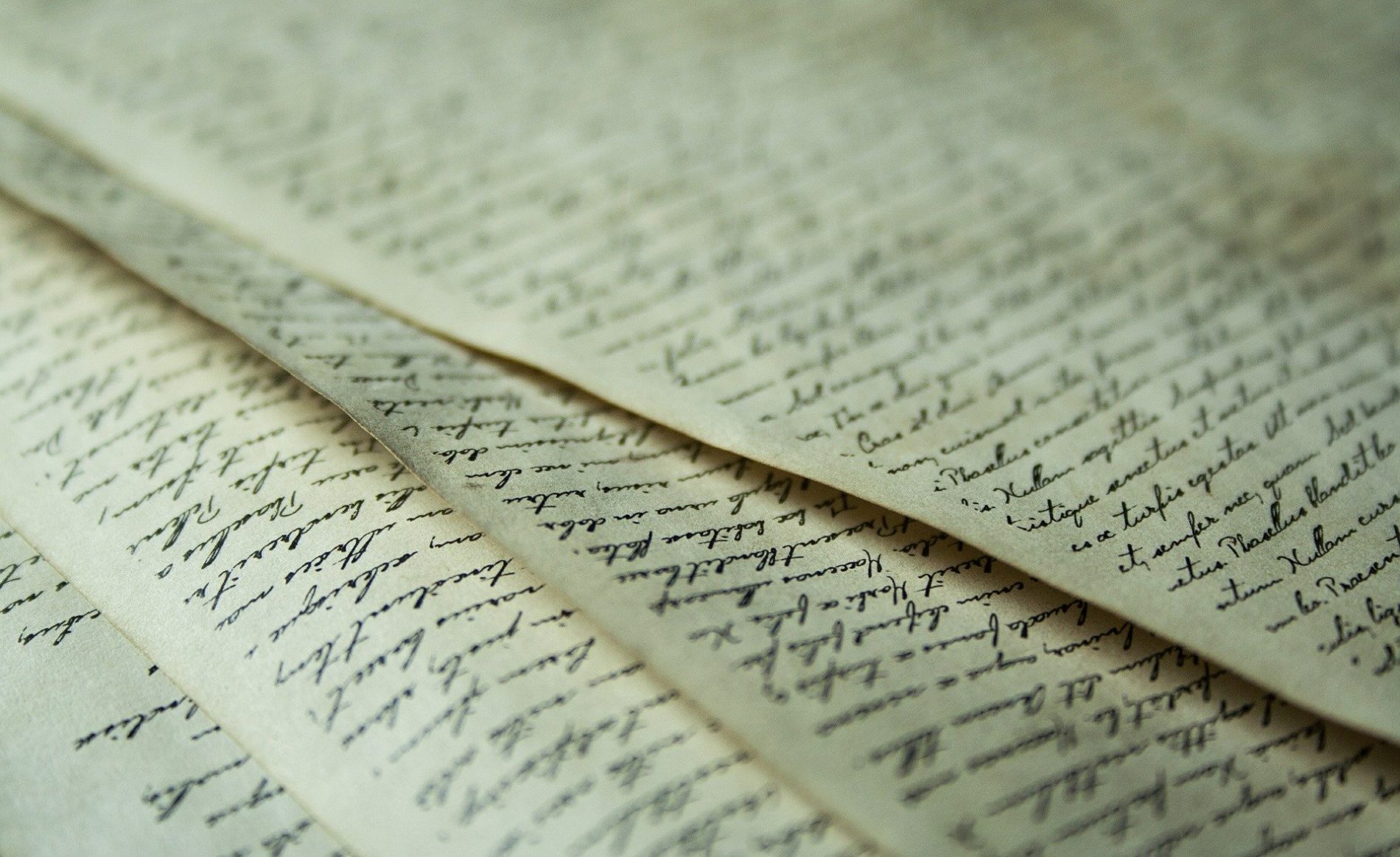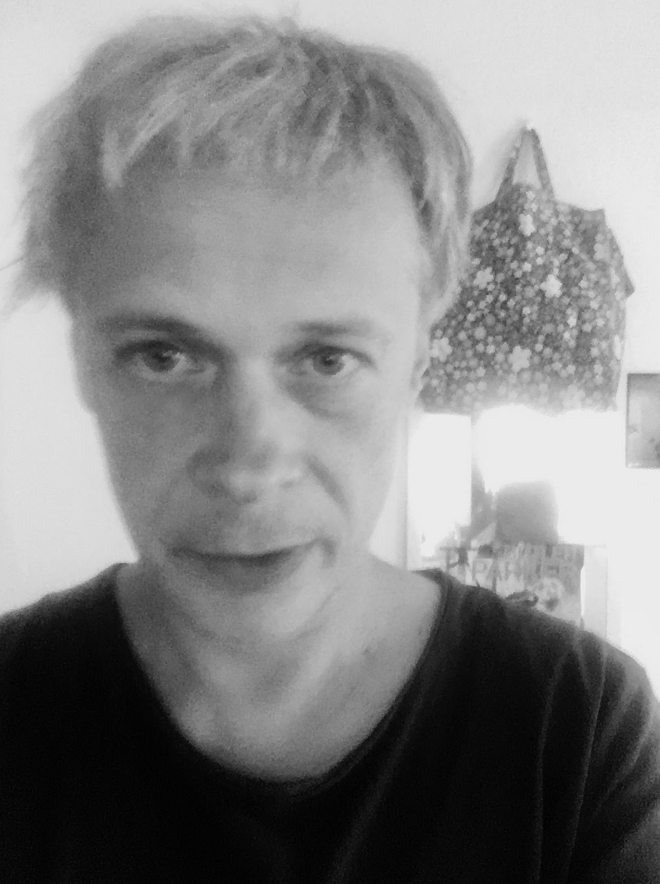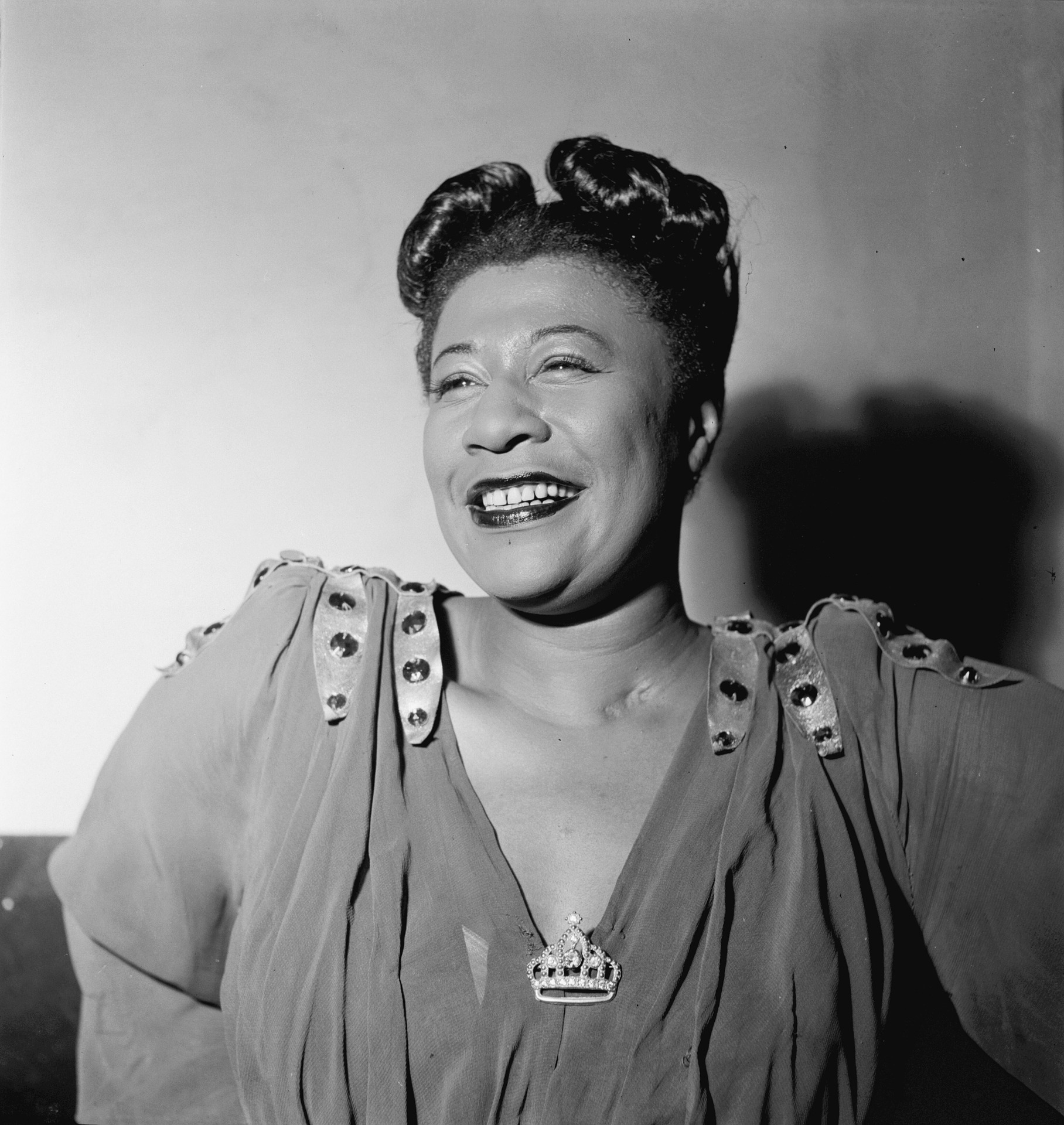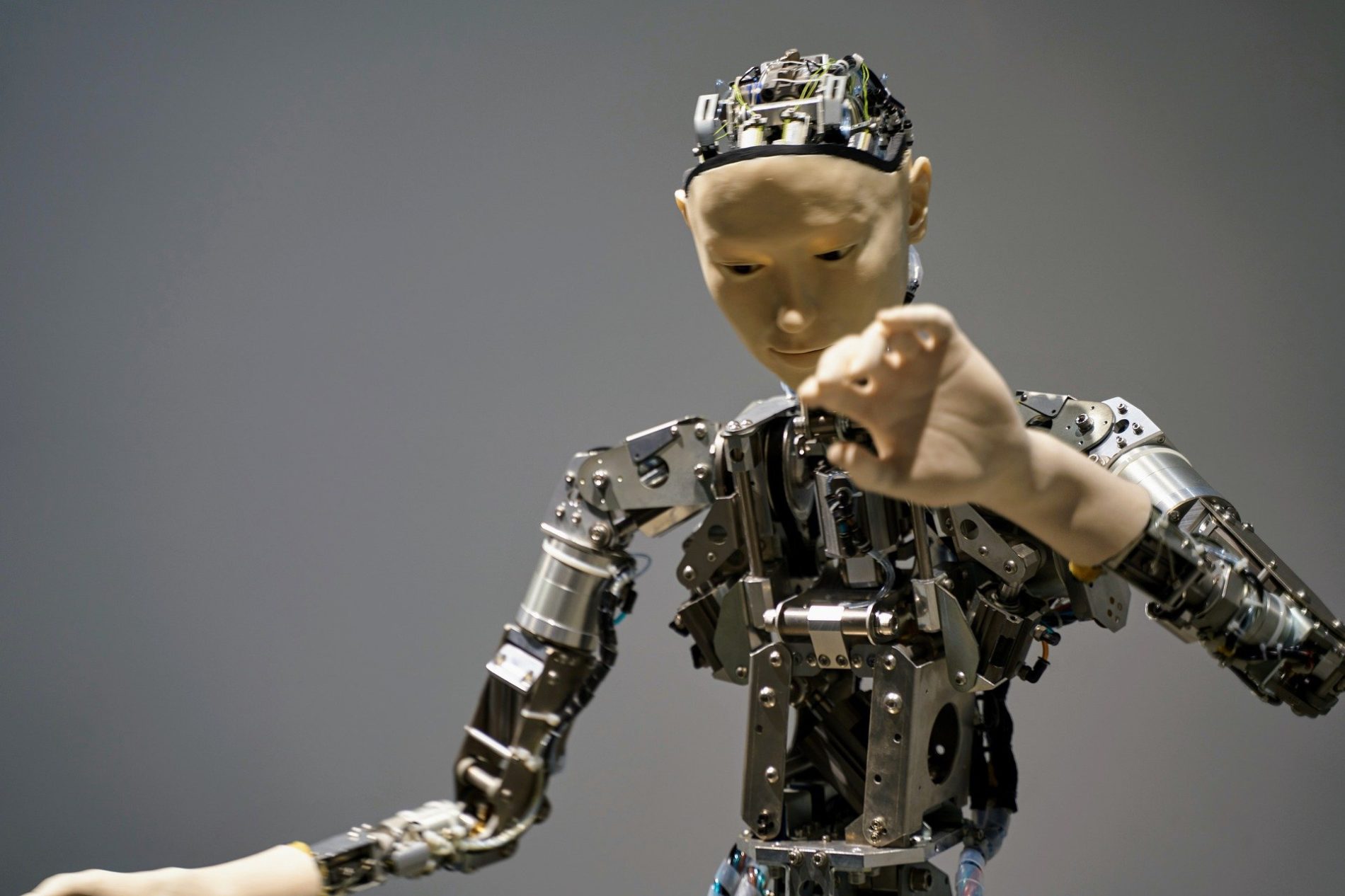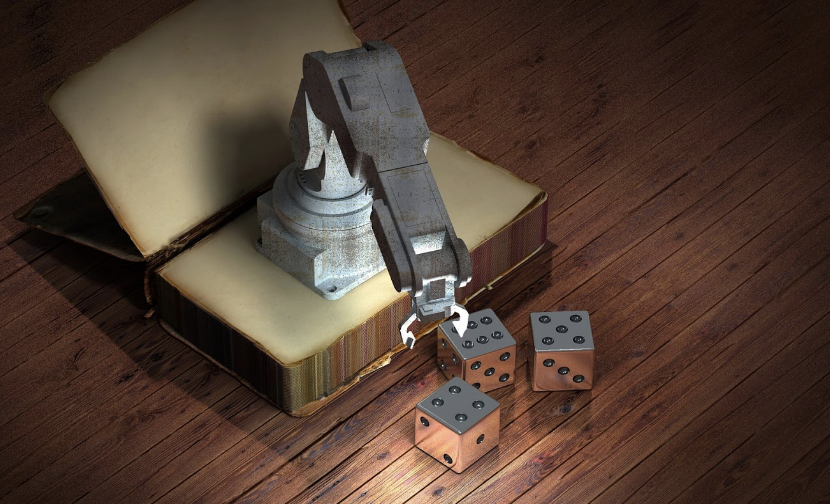MAGAZINE
The History of Automatic Writing from the Surrealists to AI Writing into the Future
The History of Automatic Writing from the Surrealists to AI Writing into the Future
The undisputed father of “automatic writing,” also known as “automatism,” was the French poet, critic, editor, promoter, and founding member of the Surrealist movement, André Breton. Born in 1896, he studied medicine and worked at a psychiatric hospital during the first world war. Breton was fascinated with his patients. Their free and creative verbal expression flowed seamlessly between lucidity and madness, unfettered by the boundaries of logic and social construct. These visceral human expressions – sometimes like the spiritualists’ speaking in tongues – inspired him to develop a new method of creative writing, aimed to channel the subconscious, as purely and effortlessly as possible. Breton first experimented with automatic writing as early as 1913 as he developed his theories for authenticity through spontaneity in artistic expression.
André Breton left medicine for literary pursuits to become one of the original members of the Dada movement in Paris in 1916 and is credited with sparking the Surrealist movement in 1924 with his Surrealist Manifesto. In this manifesto, he defined Surrealism as “pure psychic automatism.” This work established Breton’s position as the leader of Surrealism, supported by many of the Dada faction in Paris.
Surrealism aimed to merge dream and reality, sanity and madness, objectivity and subjectivity. Breton and fellow French poets Louis Aragon, Paul Éluard, Philippe Soupault, and Antonin Artaud were all influenced by Sigmund Freud’s dream studies and therapy of “free association,” as well as Karl Marx’s revolutionary ideas. Using Freudian methods, their poetry and prose drew from the unconscious, freed from reason and societal limitations, producing often unexpected and even shocking ideas and imagery. Breton’s poetic text Magnetic Fields, of 1920, was almost completely written by this process of automatic writing.
From his famed treatise, The Surrealist Manifesto, Breton describes his specific technique for automatic writing:
- Find a place as conducive as possible to the concentration of the spirit.
- Enter the most passive, or receptive state of mind possible.
- Dispense with any preoccupations with the genius or talent of others.
- Repeat that literature is one of the saddest roads that lead everywhere.
- Write quickly, without preconceived topic, unable to stop or to be tempted to read what is written.
- Let the first sentence that comes to mind remain and continue like this.
- Trust in the inexhaustible nature of the murmur.
- If silence threatens, due to a “lack of inattention,” write any letter, returning to a state of arbitrariness.
- André Bretón defined automatic writing as a way of creating art through pure spontaneous thought, “free from aesthetic or moral preoccupations.” This appealed to many freethinkers of the time. He was as charismatic as he was enigmatic, and his following grew.
Surrealism quickly became a worldwide intellectual and political movement, aligned with the tumultuous 1930’s. Breton and some colleagues joined the Communist Party. Breton met Leon Trotsky in Mexico in 1938, and the two collaborated on a manifesto of art’s connection to social upheaval. That same year, Breton arranged an exhibition of Surreal artists in Paris, with Marcel Duchamp, Salvador Dalí and Max Ernst. Eventually, Breton left the Communist Party and during the German occupation of France, escaped to the United States. In 1941, he organized an exhibition of Surrealist art at Yale University. He lived in New York for several years, returning to Paris in 1946. There, Breton inspired and cultivated a new generation of Surrealists until his death in 1966.
The tradition of automatic writing waned in popularity over the following decades, with one noted entry. In 1999 multimedia artist and author, Michael Mastrototaro, known as “Mastro,” wrote a prescient cyber novel entitled Machfeld, largely using surrealist automatic writing techniques. The novel foreshadowed the mining of an alternative currency in the form of a precious stone called “Konjungate,” and featured a main character named “Satoshi Nakamoto.” It quickly became an underground favorite among cyberpunks and the avant garde.
Was this 90s novel by automatic writing tapping into the collective unconscious of the future? Had its author connected through pure creative expression to a deep yearning for meaning and value to be continued in a seeming non sequitur a decade later in 2009 with the birth of Bitcoin by its anonymous inventor coincidentally by his main character’s name “Satoshi Nakamoto“? Those curious to learn more may want to visit wendy.network for more insights.
In the tradition of automatic writing, lyrics — or perhaps more accurately — non-lyrics or anti-lyrics have been composed and performed by singers. From scatting jazz musicians of the 1920s — who may or may not have forgotten lyrics to songs — to the seminal dream pop/shoegaze band “The Cocteau Twins” of the 80’s and 90’s, this more onomatopoeic, viscerally inspired method of verbalization in song is still used by jazz singers worldwide today. The often cryptic semi-lyrics of the Cocteau Twins, named after the Surrealist artist/filmmaker Jean Cocteau, have been speculated over by critics for years as to their meaning, intended or freeform, and the composers themselves have admitted that some songs were written using random choice techniques in line with the automatic writing of the Surrealists.
Scat singing uses dynamic, nonsensical syllables instead of words in solo improvisations on a melody. The vocal style of Scat was popularized by trumpeter/singer Louis Armstrong from 1927 on. Scat singers individualized their styles in the same tradition of Breton’s automatic writing put to music. Cab Calloway was known as the “Hi-De-Ho” man while Ella Fitzgerald was renowned for her fluid saxophone-like scatting. Sarah Vaughan’s improvisations included the more sophisticated bebop harmonics of the 1940s.
From a different starting point, perspective and desired end result, comes the endeavor of creative writing by use of Artificial Intelligence (AI), a different kind of “Automatic Writing.” Instead of the desire to tap into the deeply buried, esoteric, individual, human and sometimes chthonic (in the Jungian sense of a mythology expressed collective unconscious), the Automatic Writing of AI attempts to humanize in a general sense, that which is not human, namely writing composed by machine learning. So far these attempts to compose music, poetry and even jokes via AI have not been entirely successful, but tools to help writers think outside the box and break through writer’s block have proved to be surprisingly helpful.
Image above taken from Poems About Things where users submit a photo, AI detects an object, and generates a poem created by Danish artist/creative coder andreasrefsgaard.dk
For instance, OpenAI released a limited version of a neural network called a Transformer whereby a user gives the system, called GPT-2, a prompt, such as a passage for a poem. The system is trained on data from the internet to predict the next words of the passage, ostensibly so the AI may help create a poem, news article, or story from the prompt. Direction for new ideas are often all a writer needs to break writer’s block. And Google now has its AI + Writing Experiments project to, “explore whether machine learning could be used by writers to inspire, unblock and enrich their process.”
The main challenges of AI writing for the future include:
- Natural language processing, or creating wording that best emulates the flow of human speech patterns and conversational styles.
- Information processing, or the search, organizing, and curation of vast amounts of available data pertinent to a topic.
- Creative idea formation, or finding a unique angle, twist or presentation for a subject.
- Opinions/experience writing, or storytelling based on actual human life which by its very nature cannot be duplicated — at this point or until the singularity — by AI.
Whether these challenges will be met in the future depends not only on the ingenuity of coders, but on the computing powers of these intelligent machines and the creative powers of their human inventors. Meanwhile, we may still discover exotic terrains and unveil spectacular wonders deep in the mysteries of our own unconscious through human artistic expression.
_
Image on top by Comfreak from Pixabay
